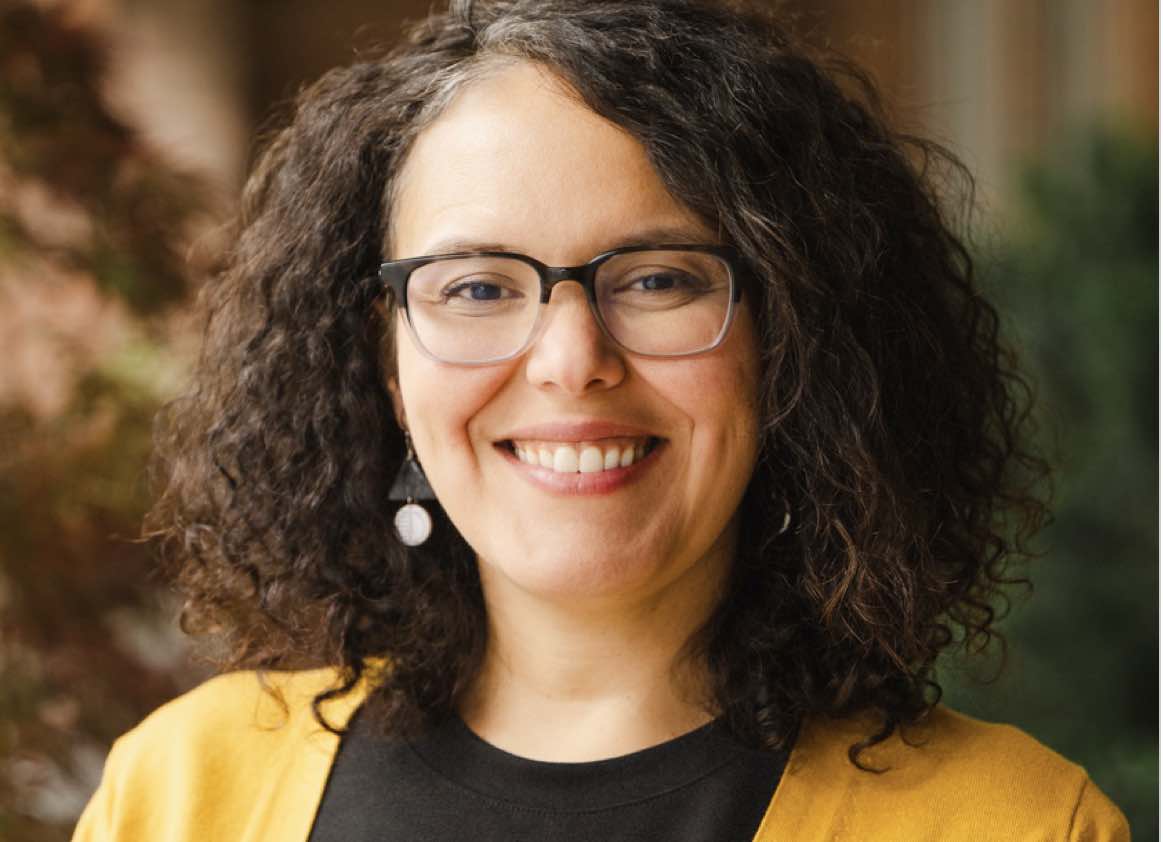Copyright finchannel

The biotechnology industry has long been characterized by astronomical development costs and lengthy timelines that can stretch into decades. Traditional drug development programs routinely require hundreds of millions of dollars, with target discovery alone taking three to five years before human trials can even begin. However, a growing chorus of industry leaders is challenging this expensive status quo, arguing that innovation doesn’t have to come with such prohibitive price tags. Leen Kawas, Managing General Partner at Propel Bio Partners and former CEO of a company that raised over $400 million in its initial public offering, represents a new generation of biotech leaders who believe the industry can dramatically improve its capital efficiency without compromising scientific rigor. Her perspective, shaped by years of hands-on experience in drug development and venture investing, offers a compelling roadmap for entrepreneurs seeking to build more sustainable biotech businesses. The Redundancy Problem in Modern Drug Development The foundation of Kawas’s approach to capital efficiency lies in identifying and eliminating the numerous redundancies that have become embedded in traditional drug development processes. As she explains in discussing strategies for biotech entrepreneurs, “There’s a lot of redundancies in our industry. There are ways of things that people are used to doing things which most of the time is expensive and capital intensive.” These inefficiencies aren’t merely theoretical concerns—they represent real barriers to innovation that can determine whether promising therapies reach patients. Traditional approaches often involve duplicative testing, unnecessary regulatory pathways, and inflexible trial designs that were developed in an earlier era of biotech development. Many companies continue following these established protocols not because they’re optimal, but because they’ve become industry standard practice. The problem extends beyond individual companies to systemic issues within the broader ecosystem. Kawas notes that entrepreneurs can leverage their “fresh outlook on things” to identify opportunities where established players might be blind to inefficiencies. This outsider perspective becomes particularly valuable when combined with modern technological capabilities that weren’t available when many current industry practices were established. Technology as a Catalyst for Efficiency Central to Kawas’s vision for more efficient biotech development is the strategic integration of technology, particularly artificial intelligence and machine learning. Rather than viewing AI as a replacement for human expertise, she advocates for its use as a tool to optimize existing workflows and eliminate time-consuming redundancies. “We have technology that is enabling us right now, AI, and not necessarily AI to use it to do some of the clinical development or innovative work, but it can make a lot of the work stream that we have more efficient,” Kawas explains. This approach focuses on identifying specific bottlenecks in the development process where technology can provide the greatest impact. The applications are diverse and growing. AI can accelerate target identification and drug discovery processes that traditionally required years of manual research. Machine learning algorithms can optimize clinical trial design, helping companies identify patient populations more effectively and reduce the size and duration of studies needed to demonstrate efficacy. Additionally, technology can streamline regulatory documentation, data analysis, and other administrative aspects of drug development that consume significant resources. Through her work with portfolio companies at Propel Bio Partners, Leen Kawas has observed firsthand how technology integration can transform development timelines. Companies that thoughtfully incorporate these tools into their workflows often achieve comparable or superior outcomes while operating with significantly reduced capital requirements. Challenging Conventional Wisdom While Maintaining Quality A critical aspect of Kawas’s philosophy involves distinguishing between necessary scientific rigor and arbitrary adherence to conventional approaches. The goal isn’t to cut corners or compromise patient safety, but rather to optimize processes that may have become unnecessarily complex over time. “If there was something that worked effectively and efficiently, don’t change it, but there’s a lot of redundancies and efficiencies in the way that we currently do things in drug development,” she emphasizes. This nuanced approach requires entrepreneurs to carefully evaluate each aspect of their development strategy, keeping elements that truly add value while eliminating those that exist primarily due to historical precedent. The key lies in maintaining the “highest quality” standards while reimagining how those standards can be achieved more efficiently. This might involve redesigning clinical trial protocols to gather the same quality of data with fewer participants, leveraging digital biomarkers to reduce the need for frequent clinic visits, or using predictive modeling to optimize dosing strategies earlier in the development process. Kawas’s experience leading clinical programs provides valuable insight into where quality standards are non-negotiable versus where flexibility exists. Her approach emphasizes that “there are specific steps that need to be taken to ensure that you are bringing a therapy to patients at the highest quality possible in a safe and effective way,” while recognizing that the methods for achieving these outcomes can often be optimized. Strategic Approaches for Capital-Efficient Development For entrepreneurs looking to implement more capital-efficient development strategies, Kawas advocates several key approaches. First is the importance of “thinking outside of the box” when designing development programs. This involves questioning assumptions about trial design, regulatory pathways, and resource allocation that may not be optimal for a particular therapeutic area or company stage. The integration of diverse data sources represents another efficiency opportunity. As Kawas notes, “AI enables us to bring a number of different data (like omics, metabolomics, proteomics, epigenetics, and clinical presentation) to empower more accurate and comprehensive decision-making.” By leveraging multiple data streams simultaneously, companies can make more informed decisions earlier in the development process, potentially avoiding costly late-stage failures. Entrepreneurs should also focus on “finding the right partners” who understand the complexity and timelines inherent in biotech development. Investors and collaborators who appreciate the long-term nature of drug development while supporting efficiency initiatives can provide crucial support during challenging phases of company growth. Building Sustainable Innovation Models The broader implications of capital-efficient development extend beyond individual company success to the sustainability of biotech innovation itself. By reducing the capital intensity required for drug development, more entrepreneurs can enter the field and pursue innovative therapeutic approaches that might not be viable under traditional cost structures. This democratization of biotech entrepreneurship has particular relevance for addressing unmet medical needs in areas that may not attract massive investment under conventional models. Leen Kawas’s portfolio at Propel Bio Partners illustrates this principle, with investments in companies developing solutions for infant health, male reproductive health, and global health challenges that might be overlooked by larger players focused primarily on blockbuster opportunities. The efficiency gains also create opportunities for more iterative, adaptive approaches to drug development. Rather than committing enormous resources to single large studies, companies can design more flexible development programs that incorporate learnings and adjust strategies based on emerging data. Looking Forward: A New Paradigm for Biotech Development As the biotechnology industry continues maturing, the pressure to demonstrate capital efficiency will only increase. Investors, regulators, and healthcare systems are all demanding better value from biotech innovations, making the approaches advocated by leaders like Kawas increasingly relevant. The success of this efficiency-focused approach ultimately depends on maintaining the delicate balance between cost optimization and scientific rigor. As Kawas emphasizes, finding ways to “remove the inefficiencies in our process is a great way to accelerate our development path” while ensuring that safety and efficacy standards remain uncompromised. For the next generation of biotech entrepreneurs, the message is clear: innovation in business model and development strategy can be just as important as scientific breakthroughs. By challenging conventional approaches and leveraging modern technology, companies can build more sustainable paths to bringing life-changing therapies to patients while creating value for all stakeholders in the process.



